name: inverse layout: true class: center, middle, inverse --- # Core Toolkit Abstractions Jennifer Mankoff CSE 340 Spring 2019 --- name: normal layout: true class: --- layout: false .body[ | Hall of Shame | Hall of Fame| |---|---| | | 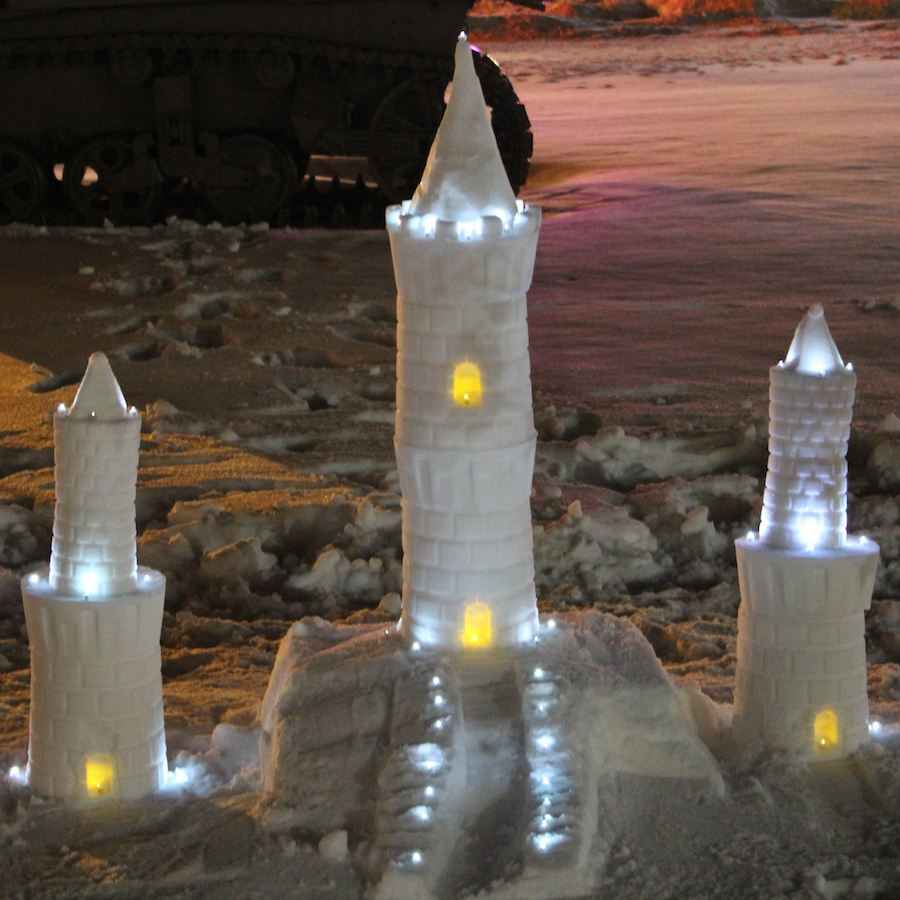 ] --- .title[Impact of Tools] .body[  ] --- .title[Today's goals] .body[ - __Tools & Toolkit Users__ - Common Components - Relate to Android ] --- # Subtle influence of tools  --- .title[ Subtle influence of tools] .body[ 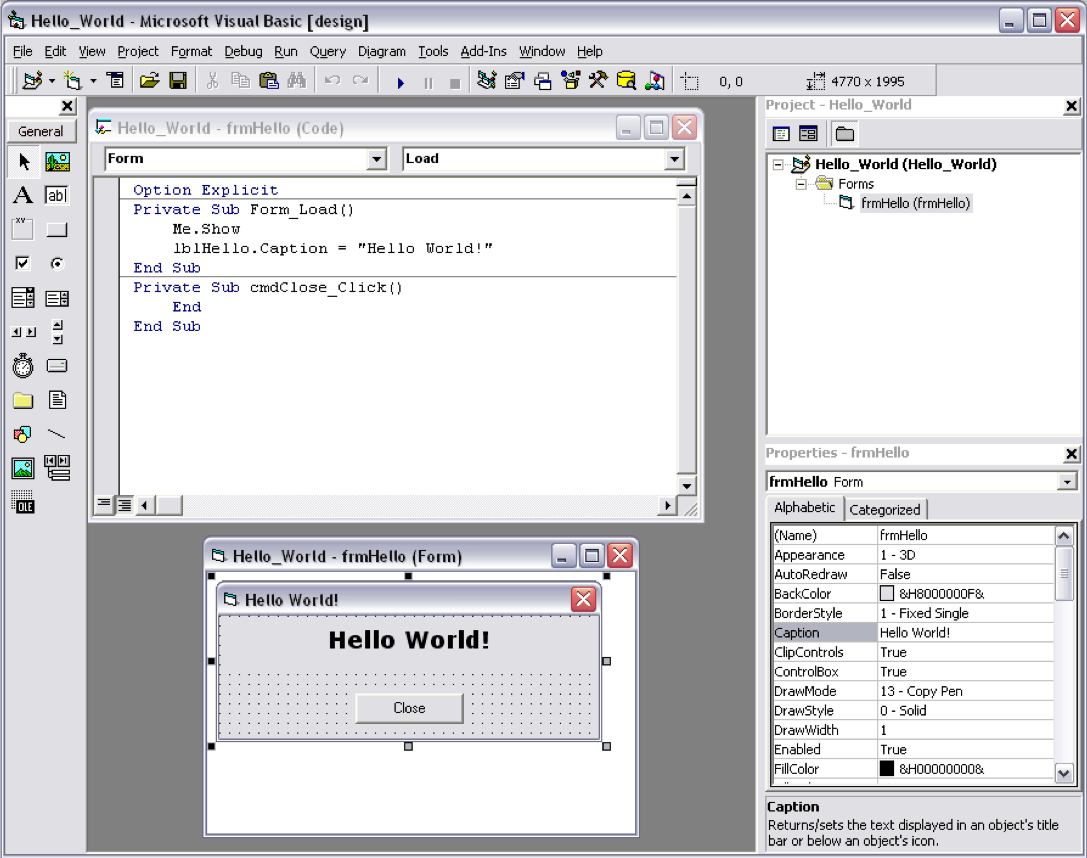 ] --- .title[Subtle influence of tools] .body[ Whorfian Effects - The way in which our tools influence how we think and thus what we do. - Origins are linguistic (e.g. the way in which language about color affects what we perceive) - Can even affect perception of human emotion! http://www.radiolab.org/story/91730-new-words-new-world/ ] --- # HCI Software in the present .left-column[ <div class="mermaid"> graph LR ap[Application Program] hlt[High Level Tools] t[Toolkit] w[Window System] o[OS] h[Hardware] classDef bluegreen fill: #d1e0e0,stroke:#333,stroke-width:2px,width:300px; classDef blue fill:#e6f3ff,stroke:#333,stroke-width:2px,width:300px; classDef green fill:#dbf0db,stroke:#333,stroke-width:4px,width:300px; classDef yellow fill:#ffffe6,stroke:#333,stroke-width:4px,width:300px; classDef darkblue fill:#7887AB,stroke:#333,stroke-width:6px,width:300px; class ap,o,h,w yellow class hlt,t green </div> ] --- # HCI Software in the present .left-column[ <div class="mermaid"> graph LR ap[Application Program] hlt[High Level Tools] t[Toolkit] w[Window System] o[OS] h[Hardware] classDef bluegreen fill: #d1e0e0,stroke:#333,stroke-width:2px,width:300px; classDef blue fill:#e6f3ff,stroke:#333,stroke-width:2px,width:300px; classDef green fill:#dbf0db,stroke:#333,stroke-width:4px,width:300px; classDef yellow fill:#ffffe6,stroke:#333,stroke-width:4px,width:300px; classDef darkblue fill: #ccffff,stroke:#333,stroke-width:6px,width:300px; class w,ap,o,h yellow class t green class hlt darkblue </div> ] --- # Example High Level Tool in Android 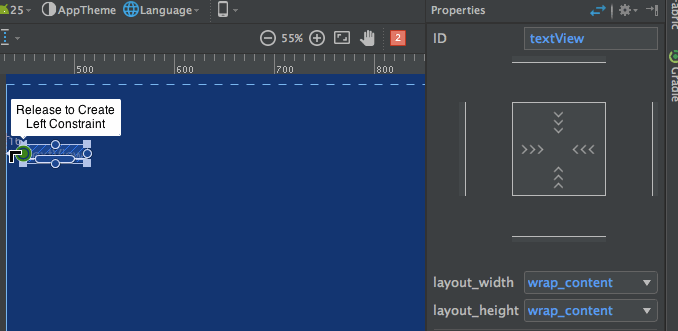 --- # Development Roles .left-column[ <div class="mermaid"> graph LR ip[Interface Programmer] w[Component Developer] l[Library Extender] a[Architecture Extender] t[Toolkit Builder] classDef bluegreen fill: #d1e0e0,stroke:#333,stroke-width:2px,width:300px; classDef blue fill:#e6f3ff,stroke:#333,stroke-width:2px,width:300px; classDef green fill:#dbf0db,stroke:#333,stroke-width:4px,width:300px; classDef yellow fill:#ffffe6,stroke:#333,stroke-width:4px,width:300px; classDef darkblue fill: #ccffff,stroke:#333,stroke-width:6px,width:300px; class ip,t yellow class w,l,a green </div> ] --- # Development Roles .left-column[ <div class="mermaid"> graph LR ip[Interface Programmer] w[Component Developer] l[Library Extender] a[Architecture Extender] t[Toolkit Builder] classDef bluegreen fill: #d1e0e0,stroke:#333,stroke-width:2px,width:300px; classDef blue fill:#e6f3ff,stroke:#333,stroke-width:2px,width:300px; classDef green fill:#dbf0db,stroke:#333,stroke-width:4px,width:300px; classDef yellow fill:#ffffe6,stroke:#333,stroke-width:4px,width:300px; classDef darkblue fill: #ccffff,stroke:#333,stroke-width:6px,width:300px; class t yellow class w,l,a green class ip darkblue </div> ] .right-column[ Combine library elements according to toolkit rules & following constraints of architecture. Supported by all toolkits ] --- # Development Roles .left-column[ <div class="mermaid"> graph LR ip[Interface Programmer] w[Component Developer] l[Library Extender] a[Architecture Extender] t[Toolkit Builder] classDef bluegreen fill: #d1e0e0,stroke:#333,stroke-width:2px,width:300px; classDef blue fill:#e6f3ff,stroke:#333,stroke-width:2px,width:300px; classDef green fill:#dbf0db,stroke:#333,stroke-width:4px,width:300px; classDef yellow fill:#ffffe6,stroke:#333,stroke-width:4px,width:300px; classDef darkblue fill: #ccffff,stroke:#333,stroke-width:6px,width:300px; class ip,t yellow class w,l,a green class w darkblue </div> ] .right-column[ Creates new, re-usable interactors (e.g. to support new forms of input/direct manipulation). Supported by many toolkits ] --- # Interaction Techniques - A method for carrying out a specific interactive task - Example: enter a number in a range - Swiping to invoke an action - Gesture based text entry .left-column[ 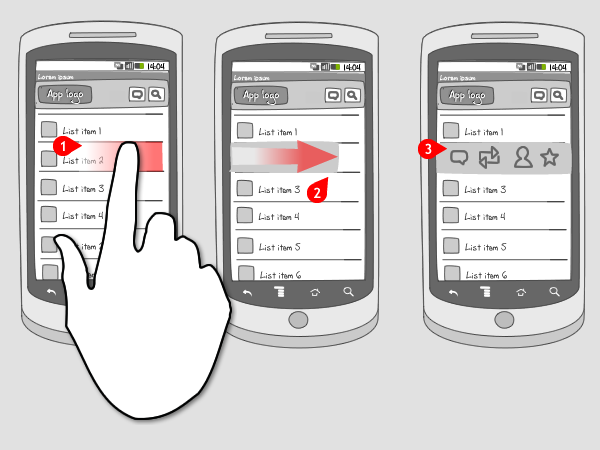 ] .right-column[ 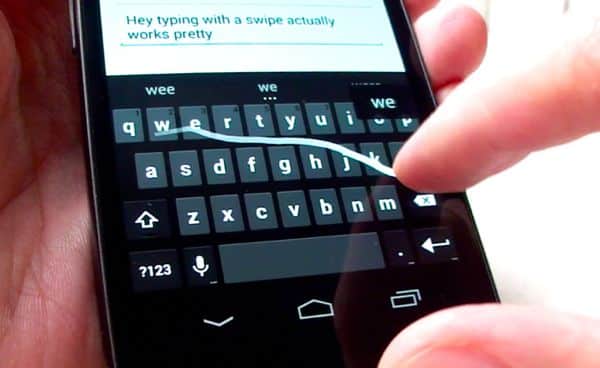 ] --- # Development Roles .left-column[ <div class="mermaid"> graph LR ip[Interface Programmer] w[Component Developer] l[Library Extender] a[Architecture Extender] t[Toolkit Builder] classDef bluegreen fill: #d1e0e0,stroke:#333,stroke-width:2px,width:300px; classDef blue fill:#e6f3ff,stroke:#333,stroke-width:2px,width:300px; classDef green fill:#dbf0db,stroke:#333,stroke-width:4px,width:300px; classDef yellow fill:#ffffe6,stroke:#333,stroke-width:4px,width:300px; classDef darkblue fill: #ccffff,stroke:#333,stroke-width:6px,width:300px; class ip,t yellow class w,a green class l darkblue </div> ] .right-column[ Similar to interactor developer, but may create new forms of layout, types of input, etc. Supported by a few toolkits ] --- # Toolkit Support for Styling .left-float[  ] .right-float[ subArctic allowed visually rich, dynamically resizable, images to be provided using primarily conventional drawing tools (and with no programming or programming-like activities at all). Scott E. Hudson and Kenichiro Tanaka. (UIST '00) ] --- # Development Roles .left-column[ <div class="mermaid"> graph LR ip[Interface Programmer] w[Component Developer] l[Library Extender] a[Architecture Extender] t[Toolkit Builder] classDef bluegreen fill: #d1e0e0,stroke:#333,stroke-width:2px,width:300px; classDef blue fill:#e6f3ff,stroke:#333,stroke-width:2px,width:300px; classDef green fill:#dbf0db,stroke:#333,stroke-width:4px,width:300px; classDef yellow fill:#ffffe6,stroke:#333,stroke-width:4px,width:300px; classDef darkblue fill: #ccffff,stroke:#333,stroke-width:6px,width:300px; class ip,t yellow class w,l,a green class a darkblue </div> ] .right-column[ Modifies the flow of information within a toolkit to create entirely new effects (e.g. adding support for command objects) Supported by very few toolkits ] --- # Architecture Extender: Animation .right-column50[  ] Integrated into existing GUI toolkit Primary abstraction: transition - models movement over time - through arbitrary space of values (e.g., color) - screen space is most common .footnote[Great post about [types of animation on mobile phones](https://yalantis.com/blog/-seven-types-of-animations-for-mobile-apps/), also source of the image] --- # Development Roles .left-column[ <div class="mermaid"> graph LR ip[Interface Programmer] w[Component Developer] l[Library Extender] a[Architecture Extender] t[Toolkit Builder] classDef bluegreen fill: #d1e0e0,stroke:#333,stroke-width:2px,width:300px; classDef blue fill:#e6f3ff,stroke:#333,stroke-width:2px,width:300px; classDef green fill:#dbf0db,stroke:#333,stroke-width:4px,width:300px; classDef yellow fill:#ffffe6,stroke:#333,stroke-width:4px,width:300px; classDef darkblue fill: #ccffff,stroke:#333,stroke-width:6px,width:300px; class ip,t yellow class w,l,a green class t darkblue </div> ] .right-column[ Creates entirely new toolkits that enable radical new forms of interaction e.g. RapID https://make4all.org/portfolio/rapid/ ] --- # Toolkit Builder: Physical Interfaces Creates entirely new toolkits that changes what we can do ![:youtube Physical Interface made out of RFID tags,4k15uXpp7-g] --- # Toolkit for Overloading Existing Interfaces Prefab supports pixel based enhancements: write interpretation logic that can be composed, reused, and shared to manage the multi-faceted nature of pixel-based interpretation; robustly annotate interface elements with metadata needed to enable runtime enhancements. ![:youtube Prefab Demo,lju6IIteg9Q] --- .title[ But we look at General Principals] .body[ Particular toolkits tend to be mired in a particular platform Along comes the next big thing (e.g., iPhone) and you’ll need to learn a new one Labs are platform specific looks at lecture concepts If you learn the structures/concepts (and esp. rationale behind them) that survives change better ] --- .title[Today's goals] .body[ - Tools & Toolkit Users - **Common Components** - Component Anatomy - Relate to Android ] --- .left-column[ # Significant Stagnation - Basic GUI components invented 1970s - Windows, Icons, Menus, Pointers (“WIMP”) - “Perfected” by Macintosh in 1984 - Not much change since then (even with web) ] .right-column[ ## Most GUIs still use the same 7-10 interaction techniques 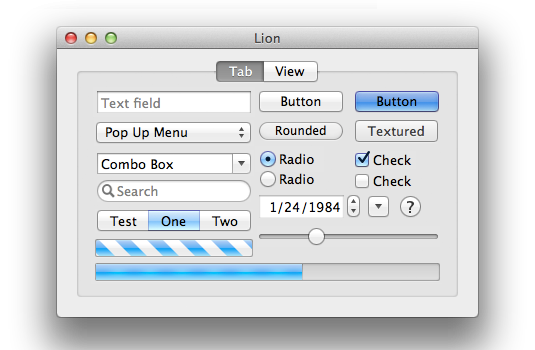 ] ??? - Work well, uniform - Good for usability - GUI is victim of its own success - Opportunities lost by not customizing interaction techniques to tasks - Hard for better techniques to get traction - Only very recently with mobile devices (touch based) have we seen lots of new techniques get a major foothold --- .title[In class Exercise] .body[ Let's look at interactors in Android Studio 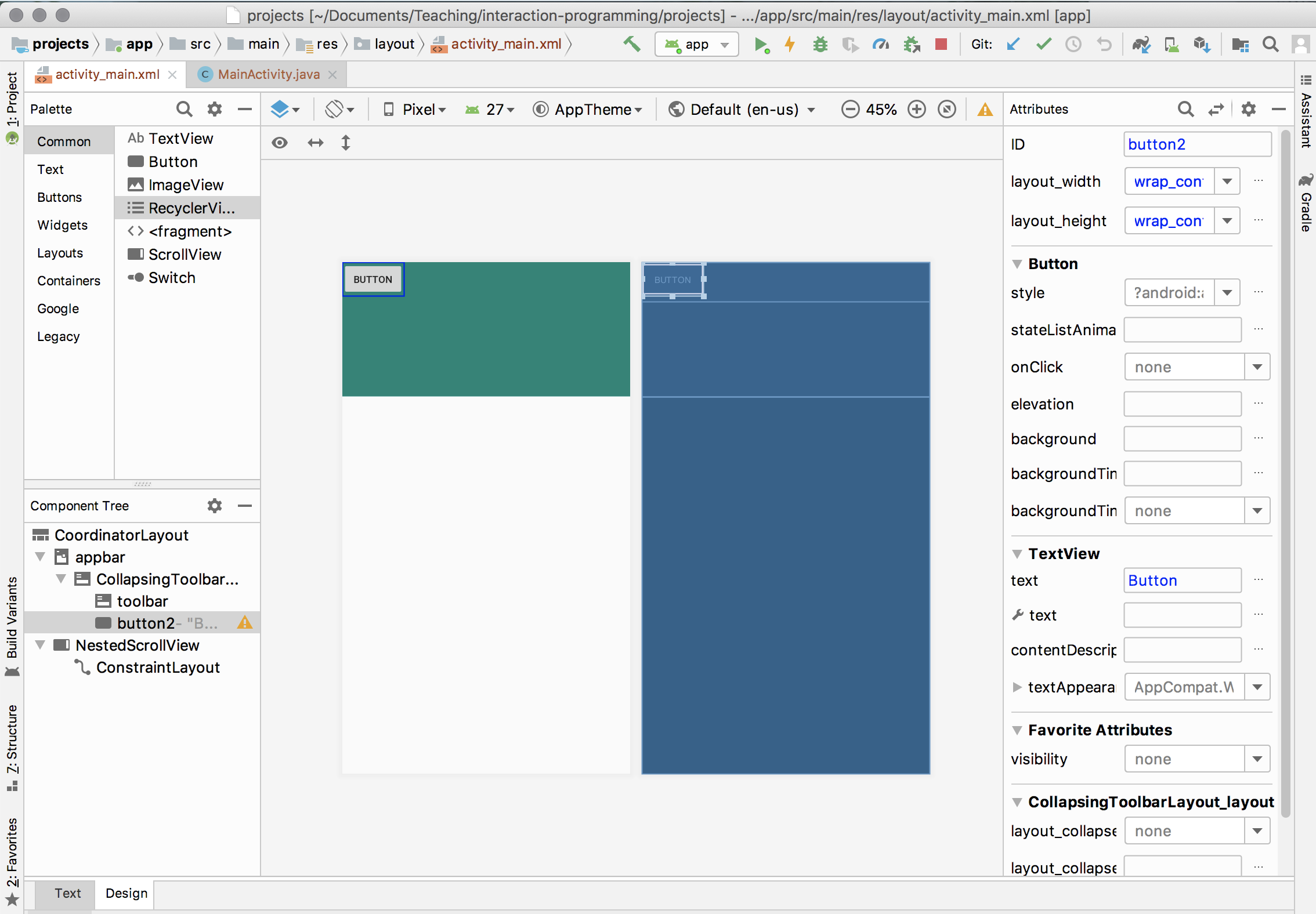 ] ??? Menu, Button(types), Slider, Scrollbar, Spinner, List box, Icon, Link, Text box, Label, --- .title[In class Exercise] .body[ Quick Tour | tutorial for [building a ui](https://developer.android.com/training/basics/firstapp/building-ui) 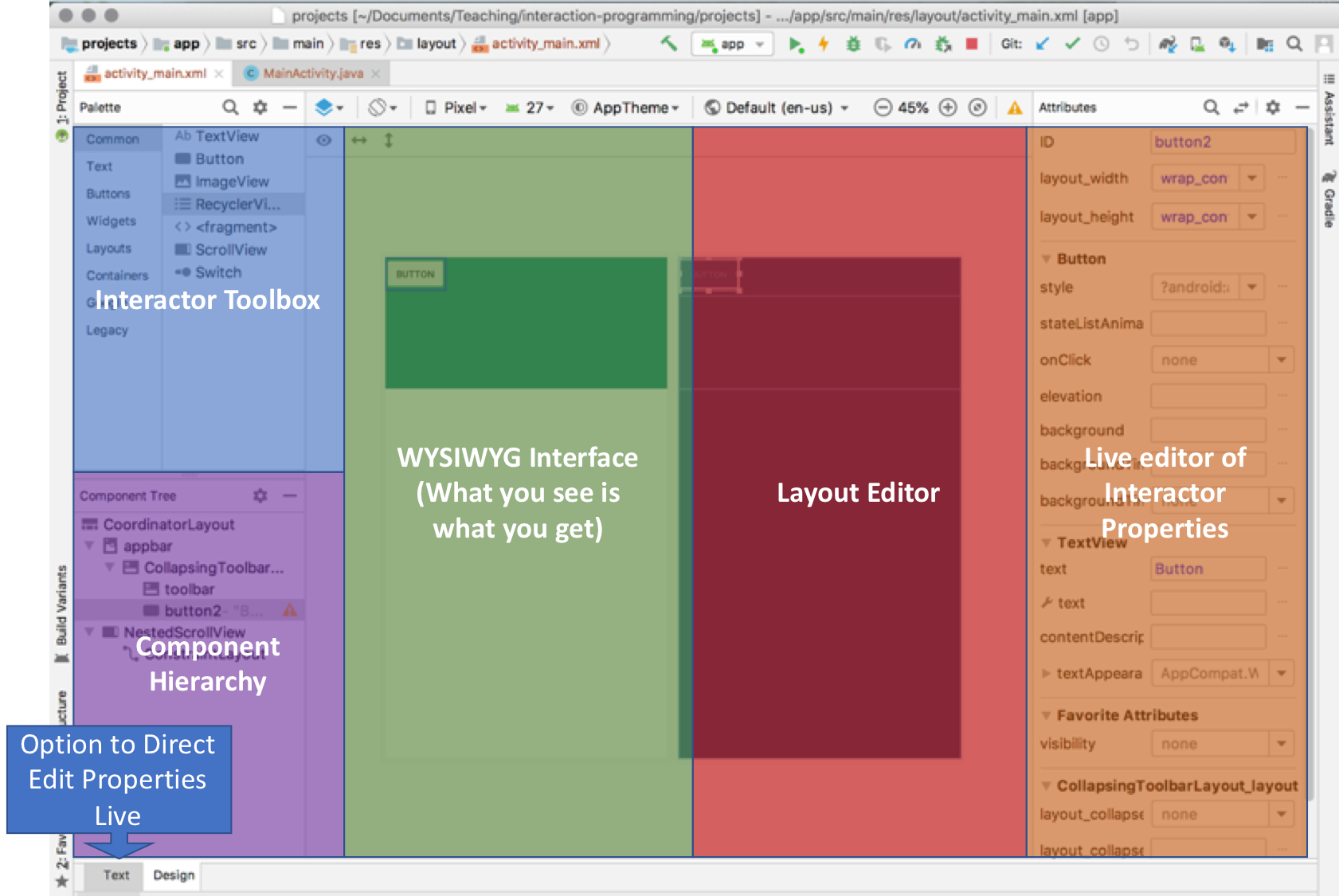 ] --- .title[ Environment Setup] .body[ - Should already be done: Download [Android Studo](https://developer.android.com/studio/) and install ] -- .body[ - Keep default installation settings ] -- .body[ - We'll be using Nougat as a default for this class - But any version above Jellybean will work ] --- .title[What went wrong?] .body[ Layout: Did things overlap? Action: Did they react? ] --- .title[Today's goals] .body[ - Tools & Toolkit Users - Common Components - Relate to Android ] --- .title[Summary] .body[ - Common Components of an Interface - Component Hierarchy - Layout Importance - Run some code in Android Studio! ]
layout: true